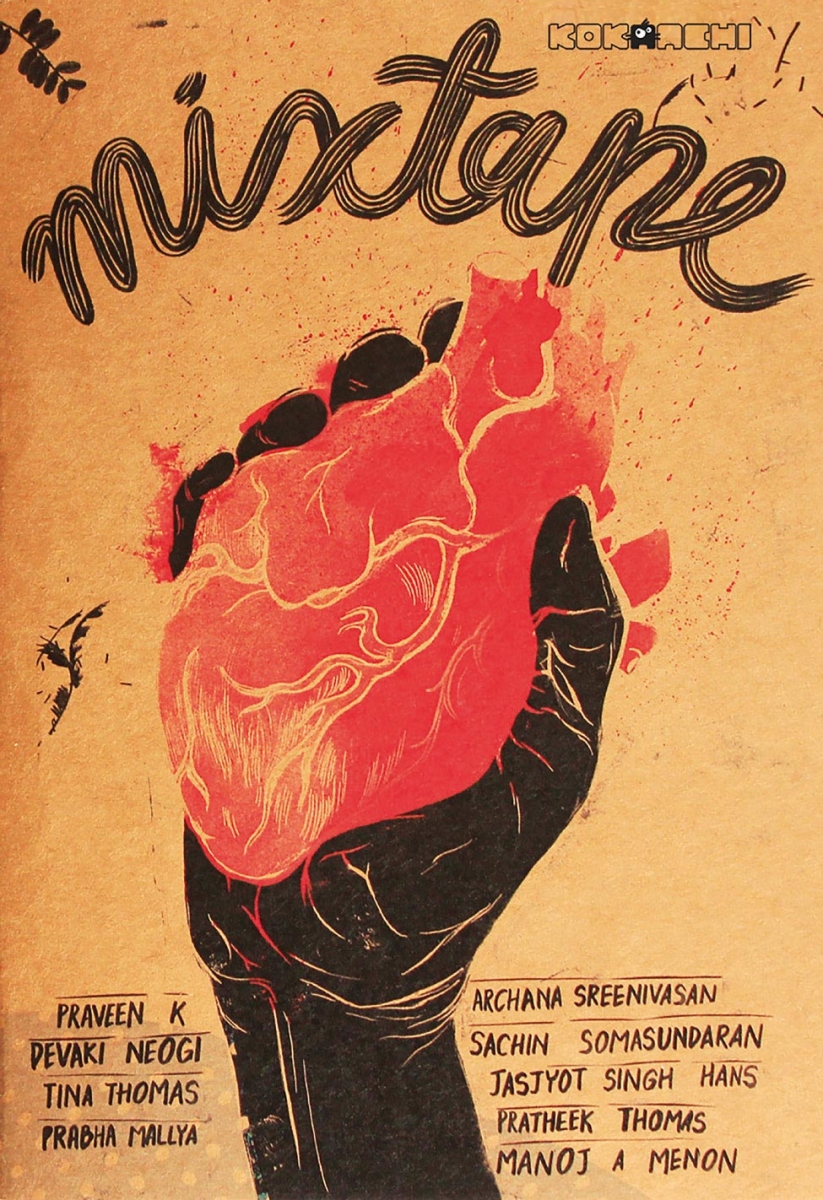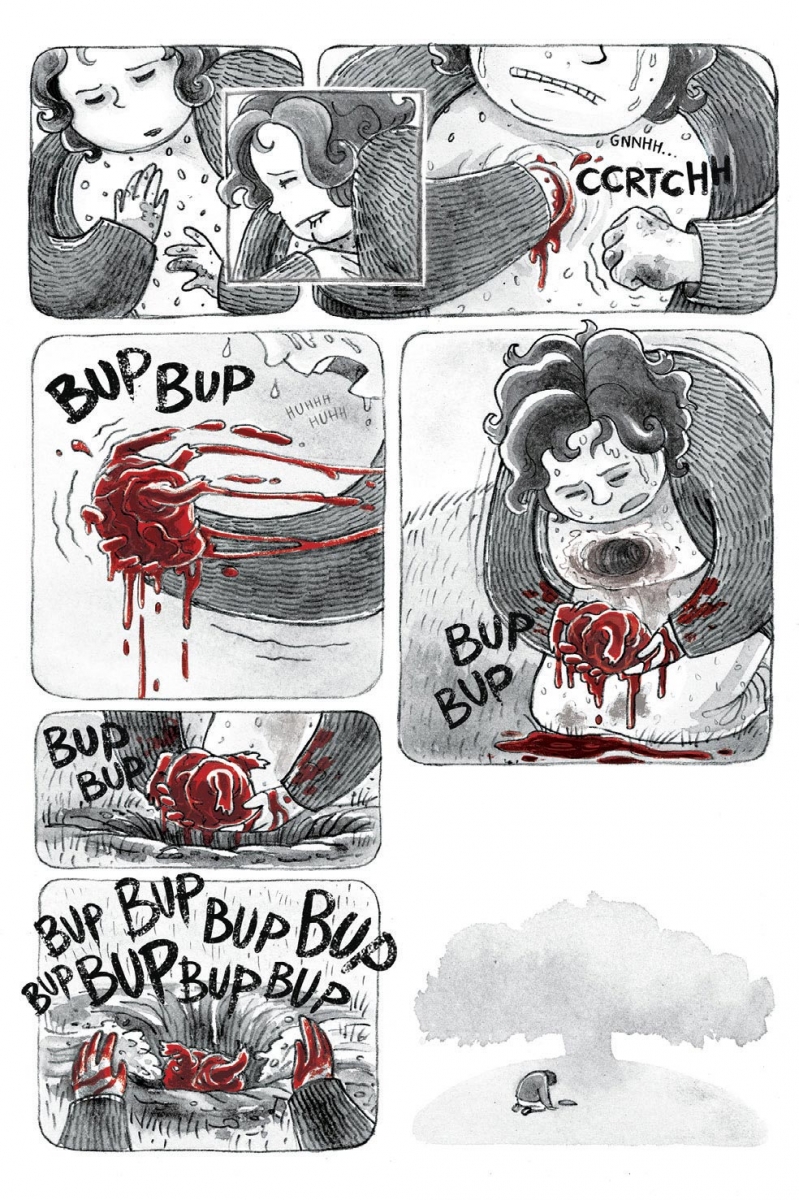Graphically Indian: storying the inauspicious (for now)
<p>The proliferation of Indian graphic narratives that we see today is due mostly to the perfect storm that is proving to be the post-millennial Indian moment. This has entailed the opening up of fiscal markets, the creation of employment opportunities, increased leisure spending, the construction of malls with large bookstore chains, the advent of online selling platforms such as Infibeam and Flipkart and, most crucially, a generation of ‘young’ Indians ready to both consume and create Indian-orientated graphic narratives.</p>
Although most of the post-millennial Indian graphic novels have been published by established publishing houses such as HarperCollins India, Hachette India and Penguin Random House India, there is an equal determination on the part of lesser-known, independent publishers, story houses and collectives to create and disseminate Indian graphic narratives, whether they be in the graphic novel form or otherwise. 1 In deepening our understanding of the publishing scene in post-millennial India, we can start to recognise that the outcomes of the decisions taken to liberalise the Indian economy have been essential in fostering a conducive environment for established publishers to grow and expand. This has been particularly true for the global publishing houses mentioned above, with expansion activity concentrated chiefly around the late 1990s/early 2000s.
This early post-liberalisation period revealed a more economically minded India, an India which concentrated on its domestic market, on consumption more than investment, on the service industry and on high-tech manufacturing. From the early post-millennial years, the publishing companies began attuning themselves more closely to the domestic market, its mores and its aspirations. From this desire to look inward towards an Indian reading public, it quickly became apparent that domestic, genre fiction in English was becoming an area of activity in which publishers would need to invest.
The interest in publishing graphic narratives was nurtured in this environment. However, publishing texts that went against the orthodoxy of the established Indian literary novel in English proved to be a risky business decision. Notably though, through the leadership of HarperCollins India’s publisher and chief editor, V. K. Karthika, from 2006 to 2016, the company published some of the most reputed Indian graphic novelists to date: Amruta Patil, Sarnath Banerjee, Vishwajyoti Ghosh, Vikram Balagopal and Appupen, as examples. It was not only bold of V. K. Karthika to endorse graphic novels at a point in Indian publishing where little was seen of them, it was also visionary as she went on to consistently publish such works, accruing a catalogue of talented graphic novelists during the ten years she spent at HarperCollins India. 2
In all, it is a curious time, post millennium, wherein Indian authors (based in India) interact and negotiate with Indian publishers who are part of large, global publishing houses whilst being located in regional or India-based offices. This negotiation of the local within the global is I suggest, significant when discussing post-millennial Indian graphic narratives, given that I posit the mode of narration invokes and requires new ways of (Indian) ‘seeing’. 3 My work is interested in how post-millennial Indian graphic narratives encode a sense of Indian modernity and in doing so, asks what kind of ‘seeing’ is at play when we ‘read’ them.
New ways of (Indian) ‘seeing’
In both appearance and content, the Indian graphic narratives of the post-millennial years have little in common with the famed Amar Chitra Katha series of comics, a popular Indian staple of the mid to late 20th century. There is, however, a connection manifest in the material product of the graphic narrative and in the invitation to ‘see’ ideas of Indianness. Freitag reminds us that the visual is almost always “material in nature” and says that “[i]mages – whether framed, viewed as bound objects, or recombined on a wall by owners/viewers [ … ] involve vision and the gaze”; thus, it is important to remember that “the handling of an object, or interactions of bodies” are equally important aspects to consider when we talk about visuality. 4 The post-millennial years, however, have seen a sea-change in the way India recognises and defines its comic and graphic narrative production. This shift in recognition from the comics of Amar Chitra Katha to the graphic narratives of Banerjee, Ghosh, Patil, Appupen and others, represents an equal shift in the idea of the ‘life-narrative’ of which Chandra writes in her book The Classic Popular: Amar Chitra Katha 1967-2007. 5
Graphic narratives have systematically critiqued ‘ideas of India’ and Indianness since their debut in the Indian market. Orijit Sen’s River of Stories is often hailed as India’s first graphic novel and gained notoriety through its engagement with the environmental, social and political issues of the controversial Narmada Dam project. Following the work of Sen, throughout the post-millennial years to date, Indian graphic narratives have collectively (although not necessarily mindfully) embarked upon problematising erstwhile, safe, settled ideas and projections of Indian society, history and identity. Such problematic and unfavourable depictions of Indianness, both textual and visual, have been crafted through Banerjee’s re-visioning of history; Patil’s portrayal of sexuality in Kari; through Appupen’s critique of celebrity culture in Legends of Halahala; Studio Kokaachi’s ‘silent’ graphic short story HUSH; Ghosh’s ‘Emergency’ in Delhi Calm; through the re-telling of the life of B. R. Ambedkar in Bhimayana or Jotiba Phule’s life in A Gardener in the Wasteland; to portrayals of the conflict in Kashmir (Kashmir Pending); Banerjee’s critique of urban, ‘modern’ society (The Harappa Files, All Quiet in Vikaspuri); and through representations of gender violence in Zubaan’s edited collection Drawing The Line: Indian women fight back.
All these works engage variously in the narration of problematic, difficult and yet timely issues that communicate their immediacy and impact through both form and content. Thinking of the graphic narrative as one which narrates a challenging story, coupled with dark and difficult visuals, is often recognised within western cultures as being of the graphic narrative mode. For India, however, where the visual especially has traditionally depicted and represented India (and Indianness) in positive and ‘proper’ ways, the advent of the post-millennial Indian graphic novel (and graphic narratives more broadly) has proved challenging to domestic Indian readerships, because ideas of Indianness have been portrayed in less favourable ways. Rather than bright, sharp, celebratory colourways, bold, clean line drawing and representation, Indian graphic narratives display sketch-like image, employ sepia and muted colour tones, alongside collage and mixed media elements for composition.
As the content narrates the challenging, I suggest that the aesthetic invites ‘a different way of seeing’. Often anchored in issues of New India, post-millennial Indian graphic narratives show how both form and content allow for a critical engagement with issues as varied as corruption, child (sexual) abuse, celebrity culture, casteism and national identity; the image-text medium is particularly suited to the storying of such difficult topics. According to Orijit Sen, “The tension between image and text provides one of the primary dynamics of the language of comics. Image and text are like the warp and weft on which the narrative is woven. The patterns emerge when these threads interplay in various ways: through convergence, divergence, contradiction, intersection, etc. In some ways, image and text must remain incomplete within themselves, each finding its resolution finally in conjunction with the other.” 6
As comics collectives, online zines, changed visual mores and physical studios continue to establish themselves within India and with new publishing houses as well as established ones growing in presence both domestically and globally, the production of Indian graphic narratives appears to be supported in its infrastructure at least. And yet, as part of a literary scene swamped with genre fiction that celebrates India’s past through ‘mythology-inspired’ fiction, it is questionable how Indian graphic narratives will fare. So, despite the infrastructure, innovation and talent, it remains uncertain as to how feasible it will be for the continued storying of an inauspicious India whereby favourable ideas of Indianness are dismantled through ominous narrative and inauspicious visual depiction.
E. Dawson Varughese is a global cultural studies scholar and her specialism is post-millennial Indian literary and visual cultures. She is the author of Beyond The Postcolonial (Palgrave, 2012), Reading New India (Bloomsbury, 2013), Genre Fiction of New India: post-millennial receptions of 'weird' narratives (Routledge 2016), Visuality and Identity in post-millennial Indian graphic narratives (Palgrave, forthcoming 2017); and co-author of Indian Writing in English and Issues of Visual Representation (Palgrave, 2015). See her work at: www.beyondthepostcolonial.com

